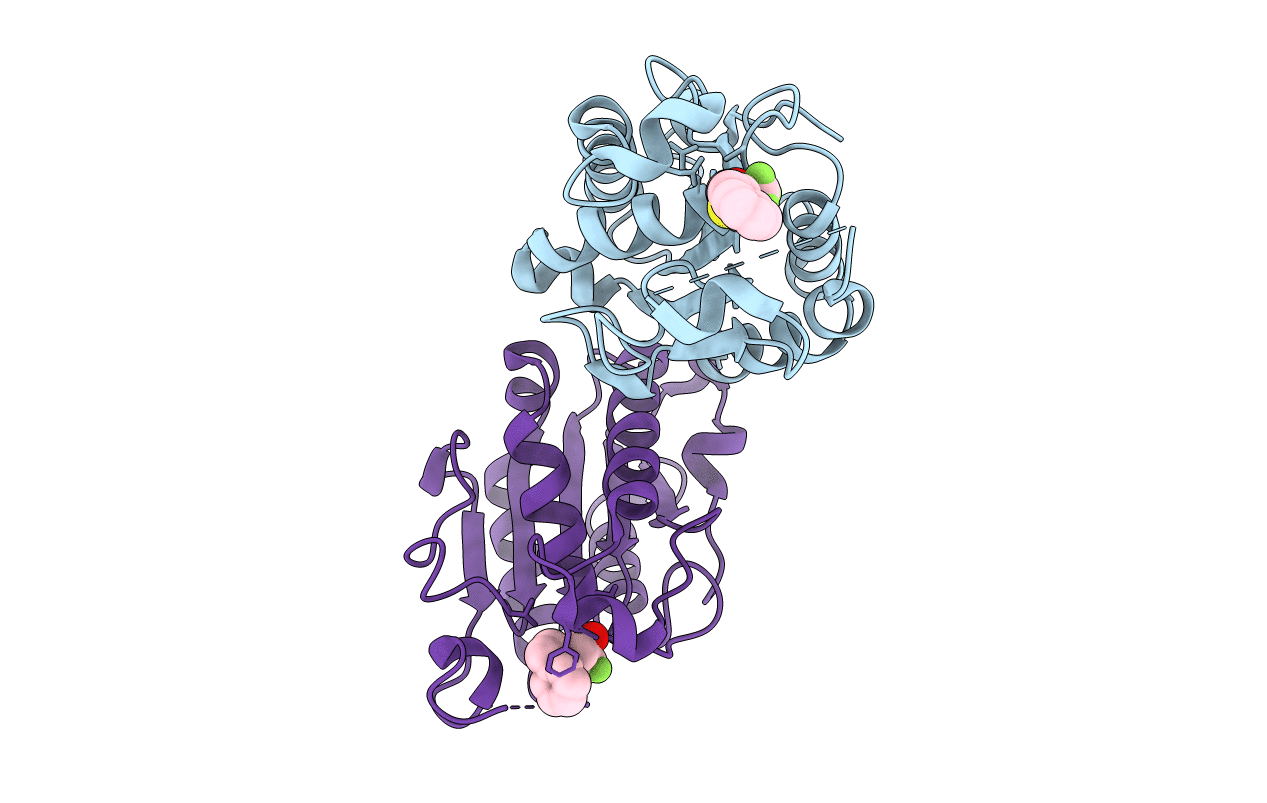
Deposition Date
2008-06-09
Release Date
2008-11-18
Last Version Date
2024-11-20
Entry Detail
Biological Source:
Source Organism:
Glomerella cingulata (Taxon ID: 5457)
Host Organism:
Method Details:
Experimental Method:
Resolution:
2.30 Å
R-Value Free:
0.24
R-Value Work:
0.18
R-Value Observed:
0.18
Space Group:
P 21 21 21


